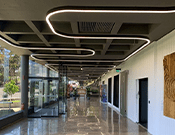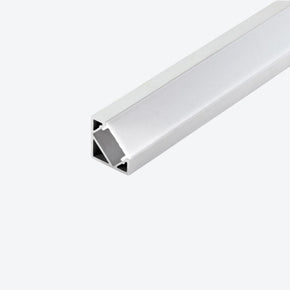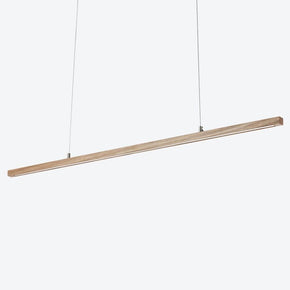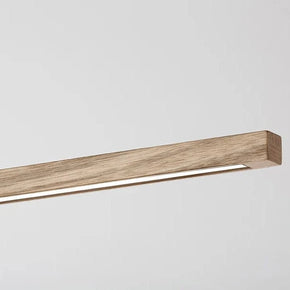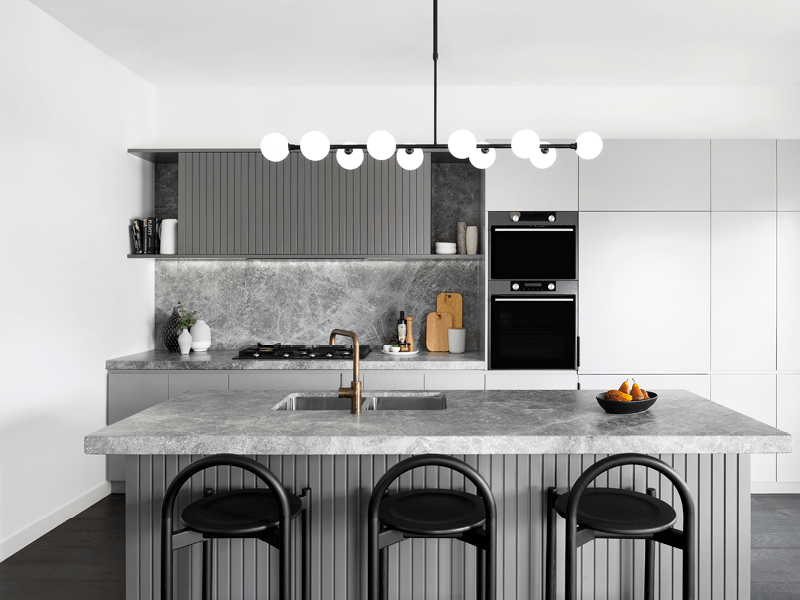- No products in the cart.
- ``
Illuminating Depth — How Textural Decorative Lighting Enhances Interior Spaces
29
May
In contemporary interior design, lighting is no longer just a functional necessity—it’s an expressive design element that can transform a space. One of the most compelling trends gaining momentum is the use of textural decorative lighting to elevate interiors with warmth, depth, and character.
The Power of Texture in Lighting

When we think about lighting, we often focus on brightness, colour temperature, or placement. But the texture of a lighting fixture—its surface, material, and finish—can dramatically impact how a space feels. A rough concrete pendant, a veined alabaster wall sconce, or a hand-formed plaster lamp doesn’t just emit light; it introduces tactile richness and visual intrigue.
These pieces serve a dual purpose: they illuminate and decorate. By incorporating materials like concrete, travertine, alabaster, and plaster, designers create lighting that is sculptural and grounded, natural yet refined. Each material brings its own visual language—concrete is cool and industrial, travertine feels warm and earthy, alabaster is soft and luminous, while plaster offers a handcrafted, organic touch.
Adding Depth and Contrast

Textural lighting adds layers to a room. In minimalist spaces, a raw, stone-like surface can break the monotony and introduce contrast. In maximalist or eclectic settings, it adds to the symphony of elements without overwhelming the space. Because these fixtures interact with both natural and artificial light, their textures are accentuated throughout the day, constantly evolving with the space.
Sculptural Impact

Beyond surface appeal, textural lights often have sculptural forms that command attention. They can act as functional artwork—statement pieces that draw the eye and anchor a room’s design narrative. Whether suspended over a dining table or casting patterned shadows on a wall, they invite a closer look and engage the senses.
Balancing Form and Function

Designing with textural lighting doesn’t mean compromising performance. High-quality fixtures balance beauty with utility, considering light output, beam angles, and colour rendering. When paired with the right bulbs or integrated LEDs, these pieces not only look stunning but create the desired mood—from soft ambient glows to focused task lighting.
A Sustainable Statement
Many textural lights are also crafted from natural or sustainable materials, aligning with the growing desire for conscious design. Plaster, for example, is often handmade and low-impact, while concrete and travertine offer longevity and durability. Choosing lighting that is both beautiful and responsible reflects a modern approach to design—one that values not just aesthetics, but meaning.
Textural decorative lighting is more than a trend—it’s a timeless way to infuse interiors with richness and intention. By treating lighting as both function and art, and embracing materials that speak through their texture, designers can create spaces that feel considered, layered, and alive.






